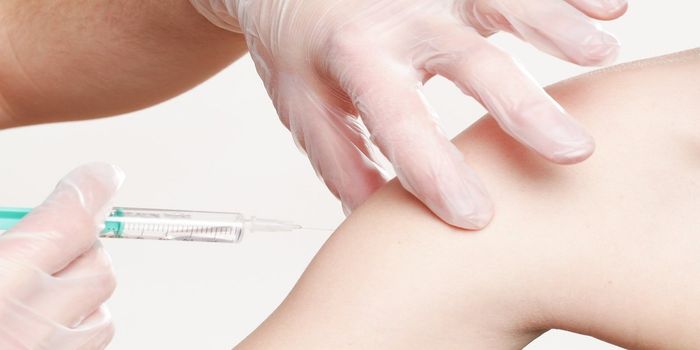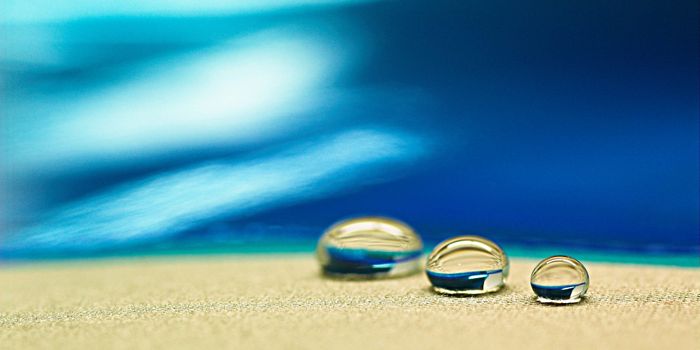The Science Behind Pimples
Pimples are nasty little things you can get on your skin as pores become clogged with dead skin cells and dirt. Unfortunately, it's difficult to prevent them, but cleaning and exfoliating your skin regularly is a great way to help.
Still, your diet and cleanliness have very little to do with your chances of developing acne - instead, it's more related to your genetics and hormones. Unfortunately for these folks, there are medications available that can help prevent acne.
Sebum is an oil produced by your skin, and when a pore is clogged, that oil can't escape. This ultimately causes a swollen feeling. Bacteria then moves in to feed on the dead skin cells and sebum. The area later turns red after your body sends blood and white blood cells over to the region to fight off the bacterial infection, hence the color.
There are two kinds of pimples - white heads and black heads. Both can occur commonly in people, but white heads are far more common. Both can also be brought on by stressful situations, which increase hormone production in your body. Cortisol, the stress hormone, increases inflammation in your body and increases the amount of pimples you may get.
As annoying as they may be, pimples are a part of life.








